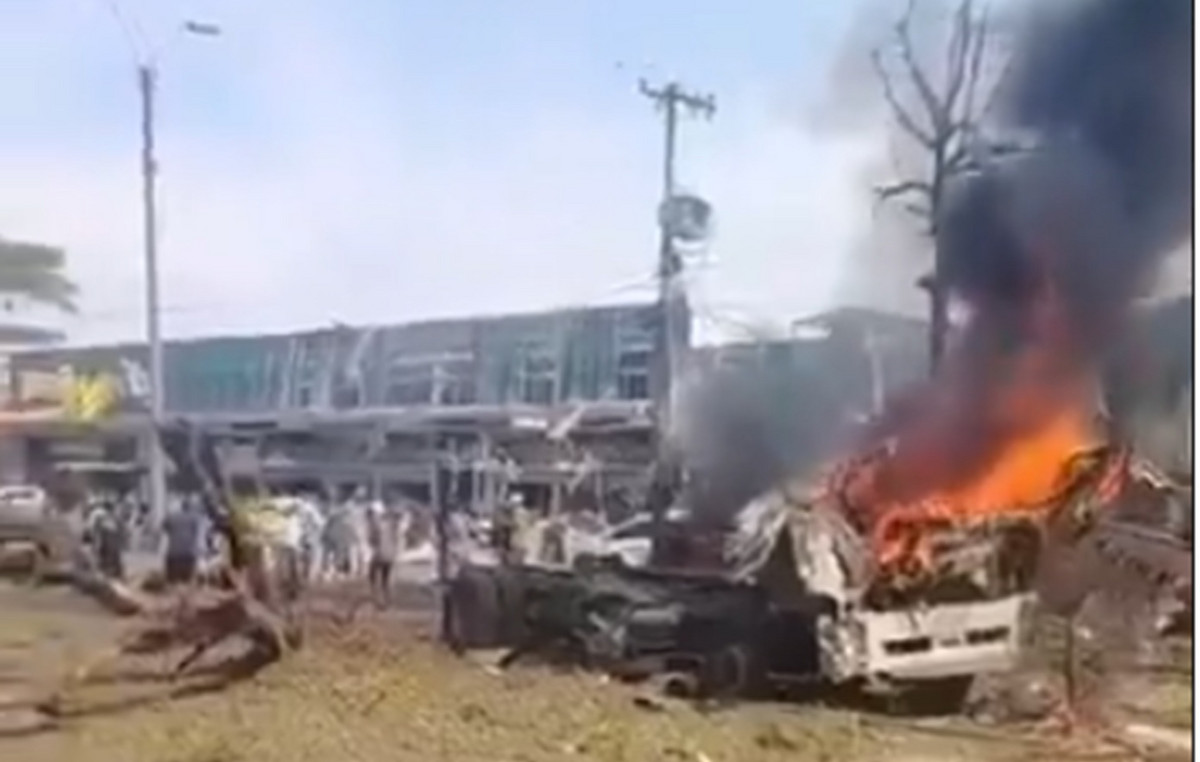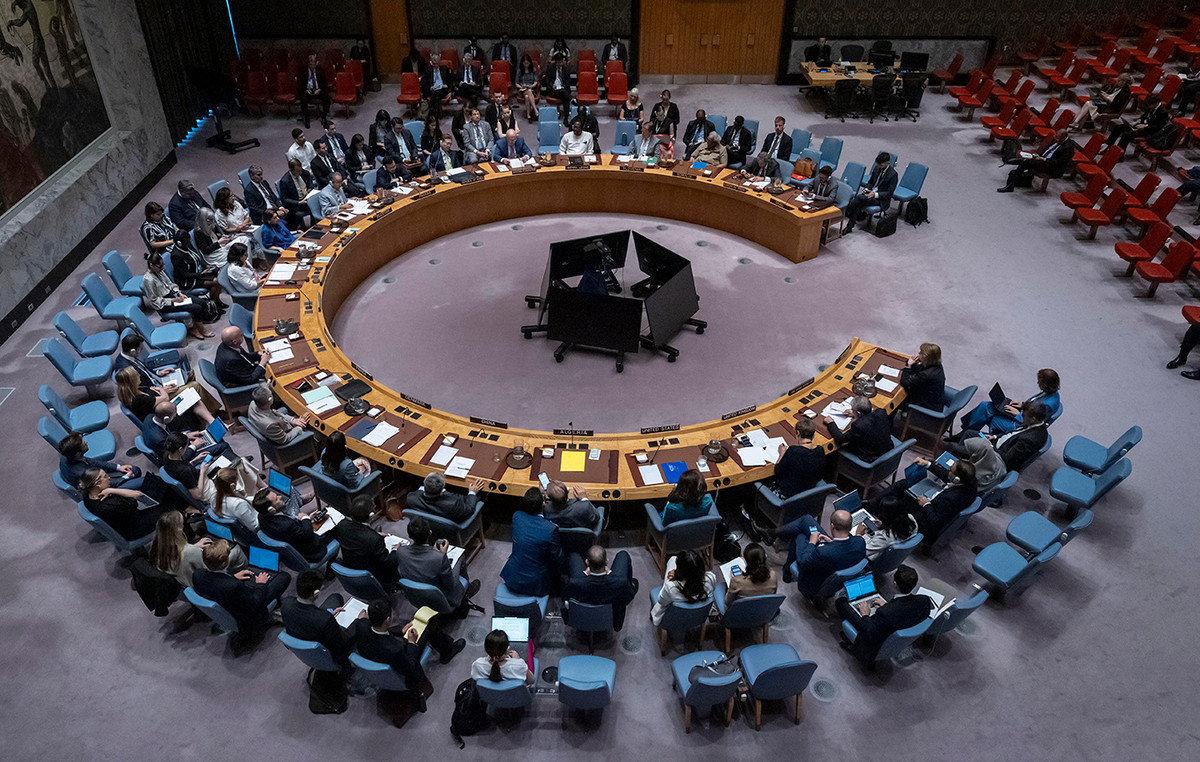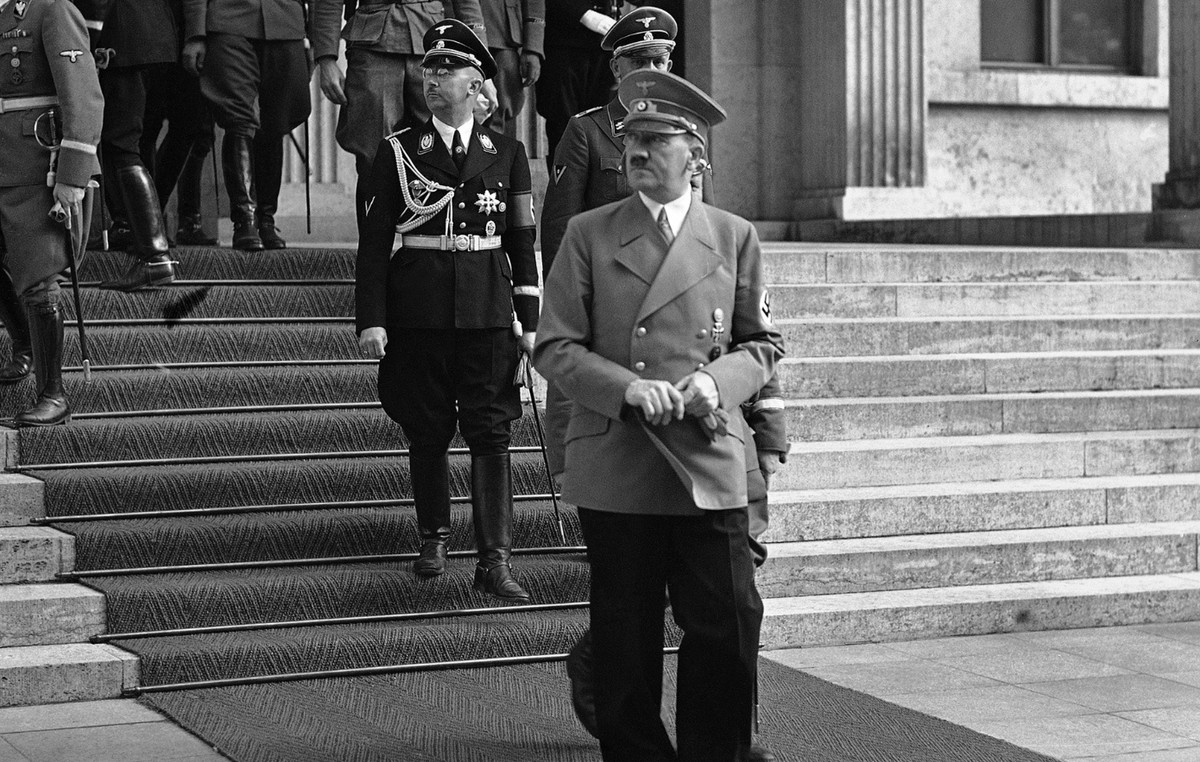Russian forces have begun the first phase of exercises to simulate preparation for the launch of tactical nuclear weapons, the Defense Ministry said on Tuesday (21).
The exercises were ordered by President Vladimir Putin, and the Russian government linked the simulation to what it calls “militant statements” by Western authorities, such as speeches by French President Emmanuel Macron, which would create threats to Russia's security.
Nuclear weapons analysts say the exercises were designed as a warning signal from Putin to dissuade the West from deepening the war in Ukraine. Western countries provided weapons and information to the Ukrainians, but did not send troops.
The Russian Defense Ministry said the first phase of the exercise involved Iskander and Kinzhal type missiles.
The aim is to ensure that units and equipment are ready for “the combat use of non-strategic nuclear weapons to respond to and unconditionally guarantee the territorial integrity and sovereignty of the Russian state in response to provocative statements and threats by individual Western authorities against the Federation Russian”, according to the folder.
The training involved missile forces in Russia's Southern Military District, which corresponds to an area near Ukraine and also includes parts of Ukrainian territory that Russia now controls.
Belarus, a country that Russia said last year was deploying tactical nuclear weapons, will also be involved in the action, according to both countries.
Tactical nuclear weapons
Tactical, or non-strategic, nuclear weapons are less powerful than strategic weapons, designed to destroy entire enemy cities. Still, these devices have vast destructive potential.
Some Western analysts believe that non-strategic nuclear weapons have acquired greater importance for Russia since the start of the war in Ukraine, in which its conventional forces are still fighting.
In theory, the use of such a weapon could have an impressive impact on the West, without necessarily triggering an all-out nuclear war, although the risk of a cycle of escalation is enormous.
Understand the exercise with nuclear weapons
Russia possesses about 1,558 non-strategic nuclear warheads, according to the Federation of American Scientists, the exact numbers are unknown.
They are controlled by the 12th Main Directorate of the Russian Ministry of Defense, known as the 12th GUMO.
The Russian ministry said troops were practicing obtaining “special munitions” – i.e. nuclear warheads – for Iskander missiles, equipping launch vehicles with them and “covertly advancing to the designated position in preparation for missile launches”.
The ministry added that aviation units were also practicing installing special warheads on Kinzhal hypersonic missiles and flying to designated patrol areas.
A video released by the ministry showed missiles being transported in a convoy of military vehicles and placed in position for firing.
“The exercises are obviously a signal in response to the discussion about troops from NATO countries [aliança militar ocidental] in Ukraine. The most important characteristics are early announcement and visibility,” said Nikolai Sokov, a former Soviet and Russian arms control official, to Reuters.
Western militaries will closely monitor the exercises and try to draw conclusions about how long they would have if Russia actually used these weapons, the expert said.
“The involvement of the 12th GUMO can produce insights about how long it takes to launch warheads, how detectable they are,” highlighted Sokov, senior researcher at the Vienna Center for Disarmament and Non-Proliferation.
Kinzhal's involvement, according to Sokov, was “a new element that I did not expect to see,” although there is no doubt about its ability to carry nuclear and conventional warheads.
When Putin ordered the exercises this month, Russia's Foreign Ministry linked the move to comments by Macron, who suggested the possibility of sending European troops to fight in Ukraine.
It was also related to the speech by British Foreign Secretary David Cameron, who said that Kiev had the right to use weapons supplied by London to strike targets inside Russia.
In addition, the ministry cited the supply of long-range British, French and North American ATACMS missiles to the Ukrainian Army.
The Russian Foreign Ministry said on May 6 that the exercises should send a “worrying signal” to the West and its “puppets” in Ukraine.
“We hope that these exercises will cool the hot heads in Western capitals”, he pointed out, adding that the West must realize “the potential catastrophic consequences of the strategic risks they are generating” and stop before direct military confrontation with Russia.
Source: CNN Brasil
Bruce Belcher is a seasoned author with over 5 years of experience in world news. He writes for online news websites and provides in-depth analysis on the world stock market. Bruce is known for his insightful perspectives and commitment to keeping the public informed.







